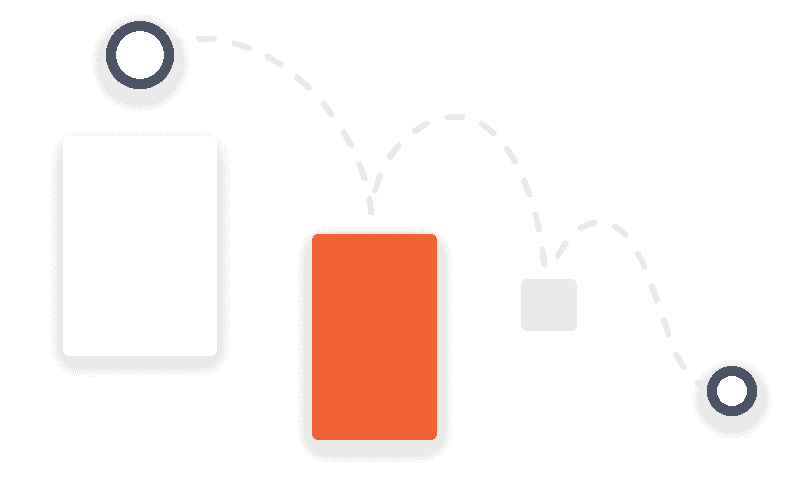If you want to keep your customers on your web pages, make sure what they’re reading matches their expectations. Sounds obvious but it doesn’t always follow, and this can be a huge turn off and lead to high bounce rates.
Be authentic
There’s nothing more annoying than your page not delivering the content your visitor was expecting. It’s about being authentic. Be clear, get to the point, don’t labour it. Authenticity inspires loyalty and engagement.
Clarity and simplicity
Densely packed pages can be a turn off if someone wants a quick answer. Save your long form for indepth case studies, white papers or articles. Keep web pages simple and direct. Write with clarity, no beating around the bush, make every word count.
Shorter paragraphs
Aside from being easier to skim on a mobile, shorter paragraphs are more digestible. If you can get over a key benefit succinctly, why wouldn’t you? You want your customer to get it, not meander around searching for it and getting annoyed. Pay attention to effective formatting, use subheadings and bullets where you can.
Different content types
Different types of content serve different purposes. Short form is quick and explanatory, long form allows you to open up a problem and look at it from many different angles. Both have their advantages and both allow you to deliver what your customer is expecting when used appropriately. Use images, screenshots and video to add to the user experience and break up content making it flexible, engaging and attractive.
Think mobile
Making sure your mobile design is responsive. Mobile users have even less patience than desktop.
Keywords
Make sure keywords are appropriate. The closer you are to the keywords your visitors use in their search the more targeted visitors you’ll receive. Think like your customer, what topics are they searching for? What keywords are you trying to rank for from an SEO perspective? There are some great free tools for keyword research – Neil Patel’s Ubbersuggest or Wordstream. Google Ads Keyword planner is indispensable if you’re doing PPC (paid) and not organic. Google Search Console is a free web service that provides a way to monitor overall site health and performance relative to Google search. It offers an overview of metrics related to search performance and user experience to help improve sites and generate more traffic.
CTA
Call to actions should be compelling enough to entice a click. Verbiage, colours, fonts all make an impact.
There’s also zero-click content to think about where you give away the punchline without a click through. This is happening more as SERPs give the answer in the result so no need for a click through. Might seem like a fail but you are giving value as you’re providing the answer and this may well register with your visitor.
